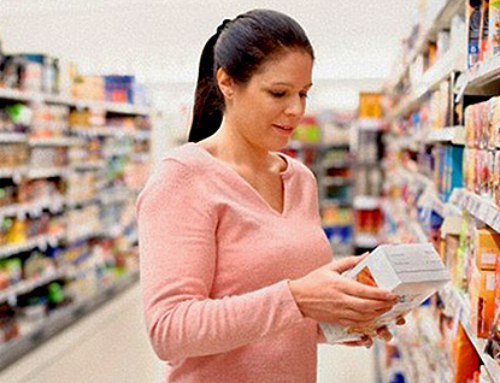Consumers are becoming consumed with concern over the nutritional values of the foods they eat. Of the US consumers with smartphones, over 40% have downloaded apps that answer the burning question: should I eat that?
Fooducate, MyFoodWatch, Allergy Eats, and Don’t Eat That are among the most popular mobile tools for accessing food product nutrition facts. According to Hemi Weingarten, Fooducate founder and CEO, approximately 500,000 consumers use this app or its corresponding website each week. A survey of 15,000 Fooducate users revealed that at least once, 80% chose a more healthy alternative to the product they were considering buying.
The apps are easy to use. Consumers scan product bar codes while shopping and wait for the algorithm, developed with the assistance of dietitians, to provide the nutrition facts. Fooducate actually produces a letter grade, B+ or C- and so on, and then provides an explanation of the grade, such as contains HFCS, artificial colors or flavors, or does not contain a significant amount of an ingredient such as whole grains, if that ingredient claim has been made.
These apps are giving consumers the opportunity to weigh marketing claims against product formulations. Food and beverage marketers need to ensure that the marketing claims and key message points they make about their products, particularly on product packaging, can be supported by product formulations.
Consumers choose various food products for many reasons and healthfulness is not always the key determinant. However, they do seem to prefer products and brands whose marketing claims are an accurate reflection of their formulation. For consumers, “should I eat that” has as much to do with simply wanting to be informed as it does about always making the healthiest choices.





